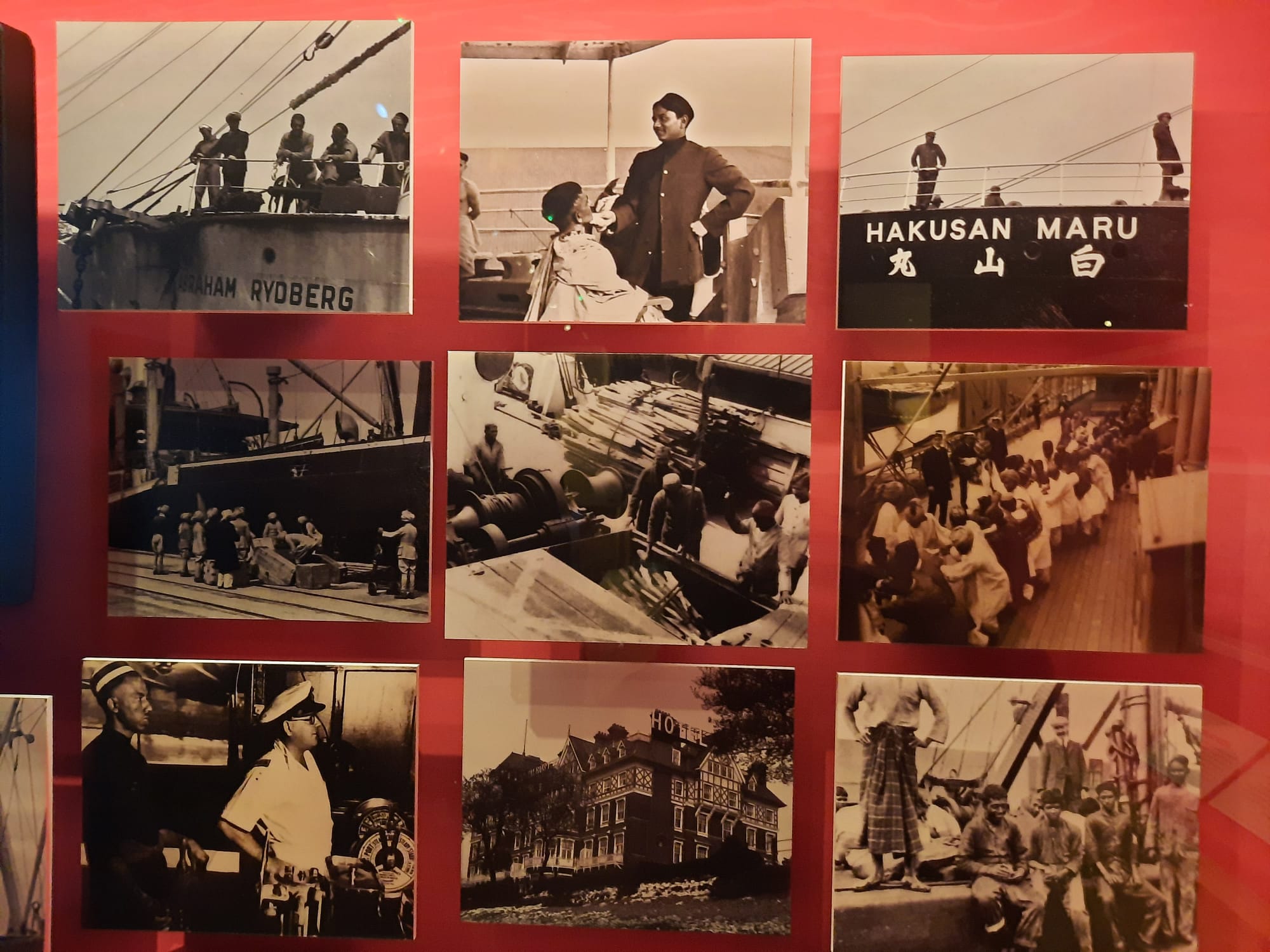London: Port City – Museum of London Docklands
A review of London: Port City, an exhibition at the Museum of London Docklands based on archival material from the Port of London Authority. A reminder that this city on the Thames was once home to the world’s busiest port.
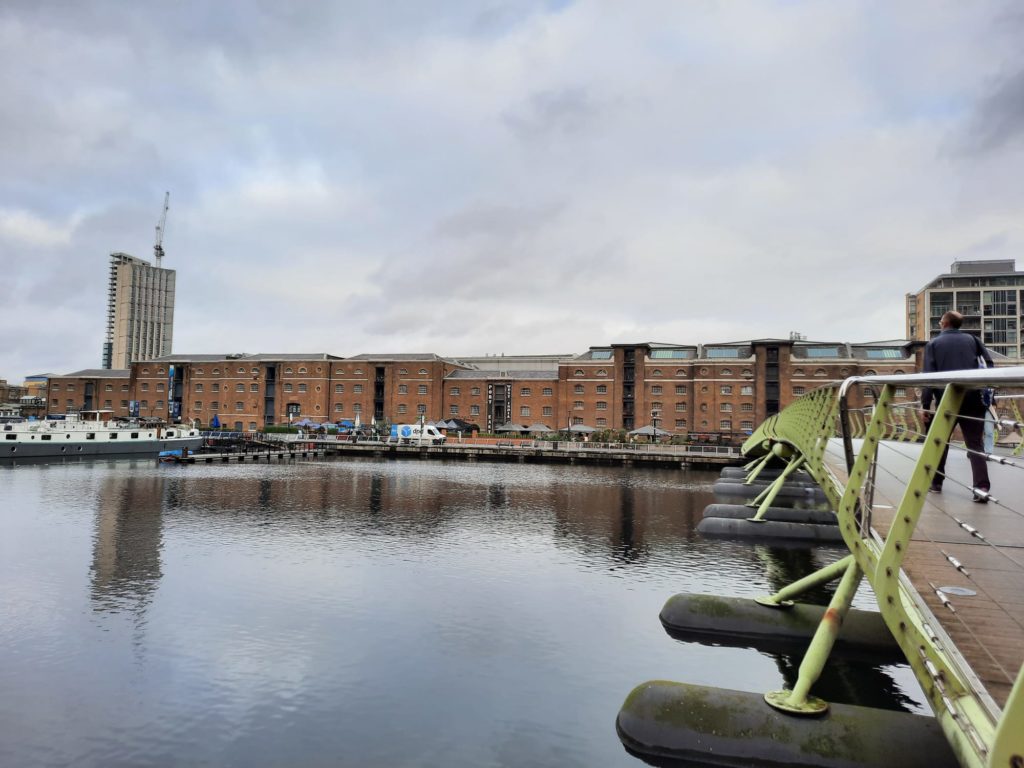
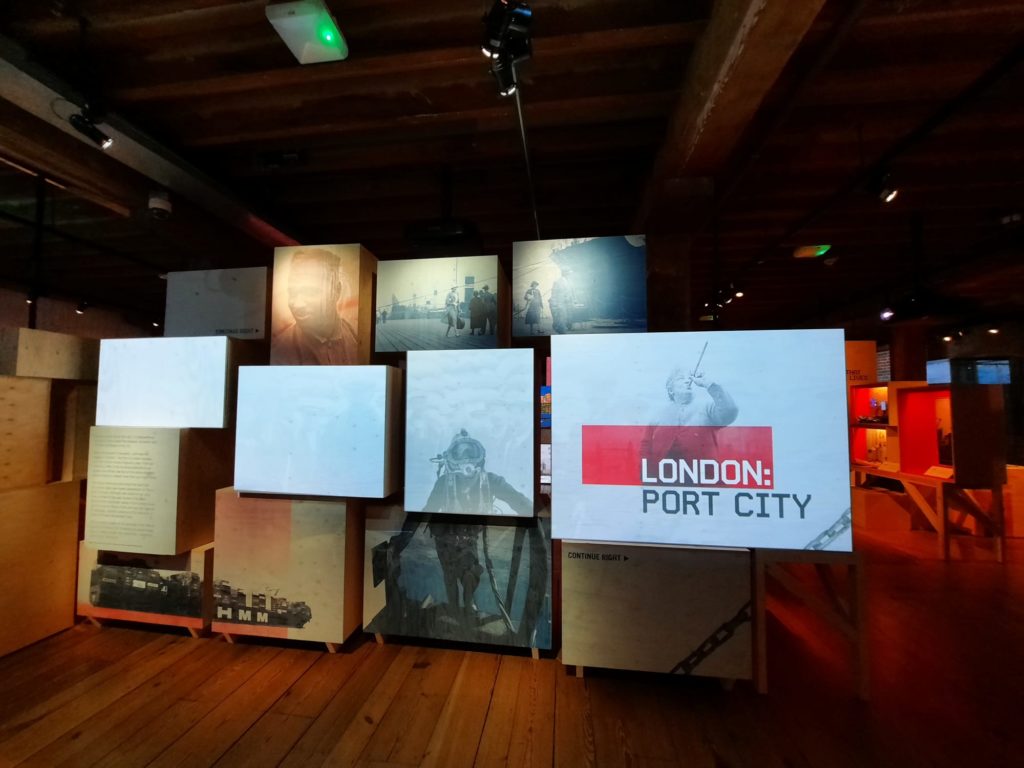
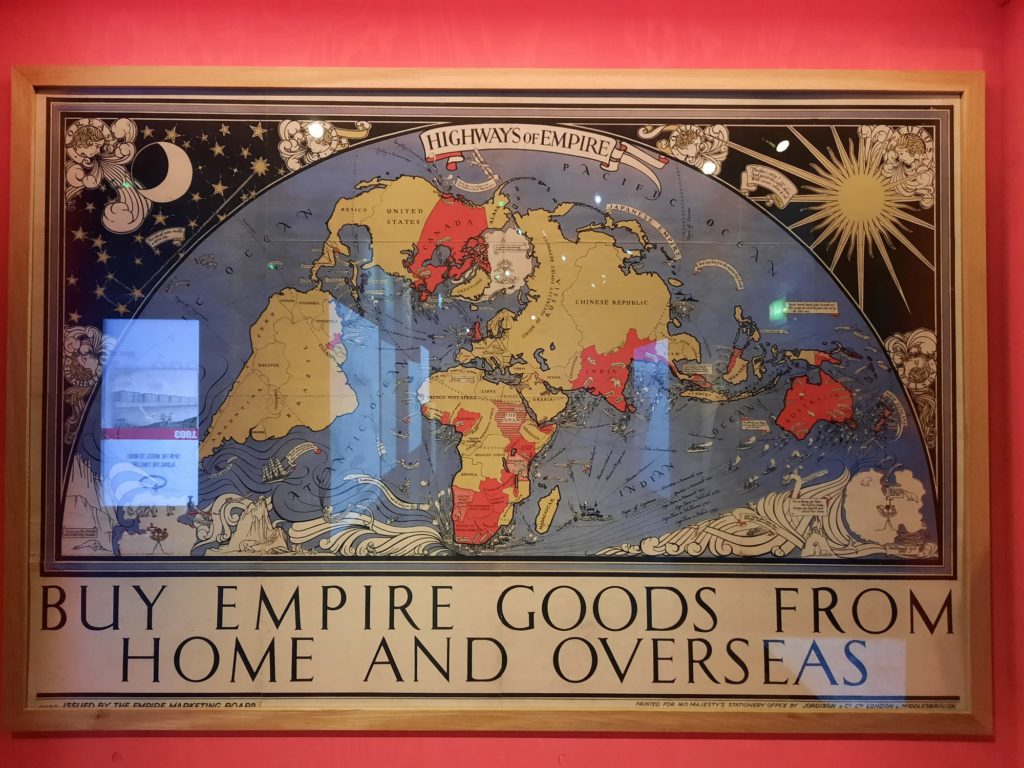
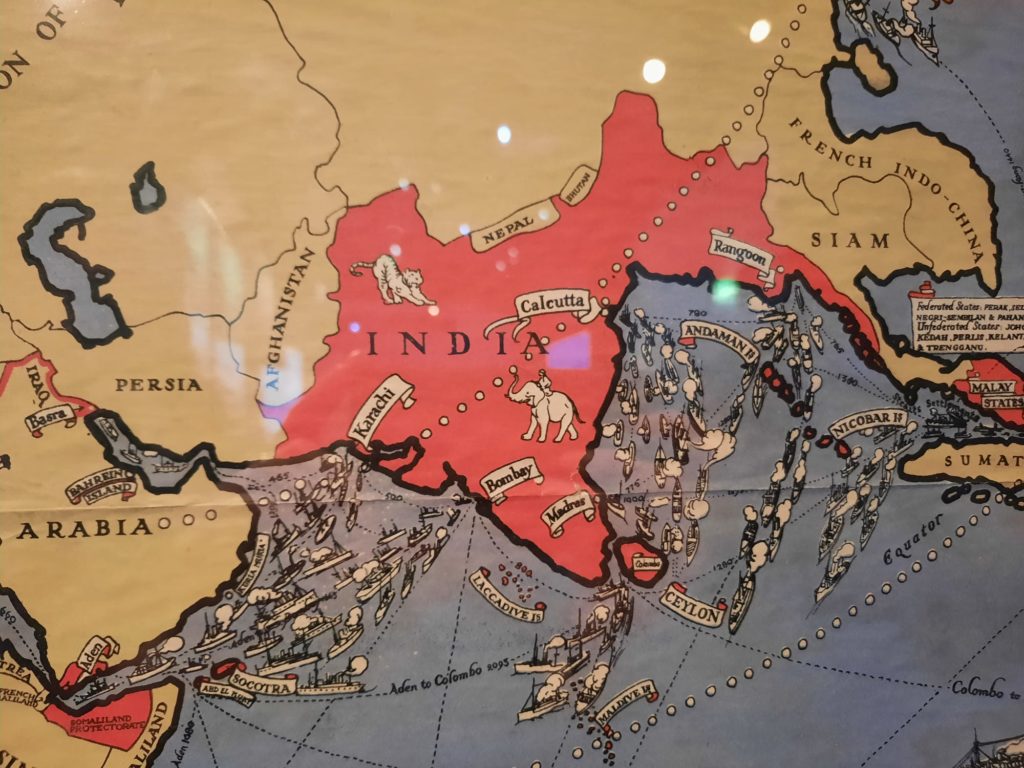
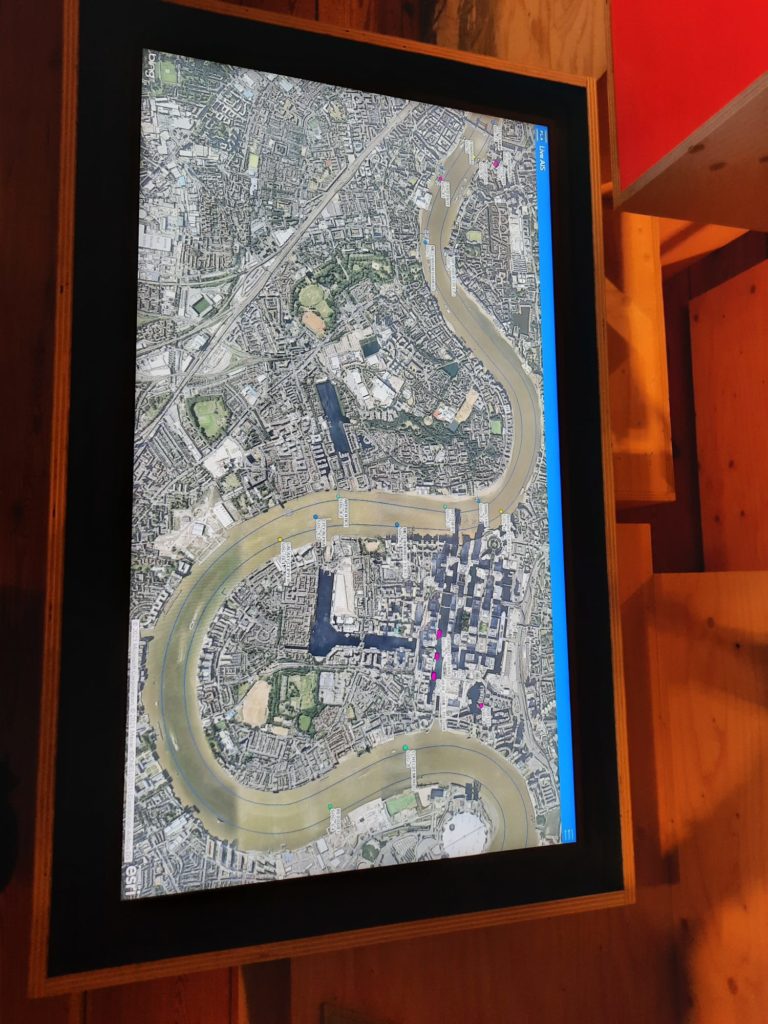
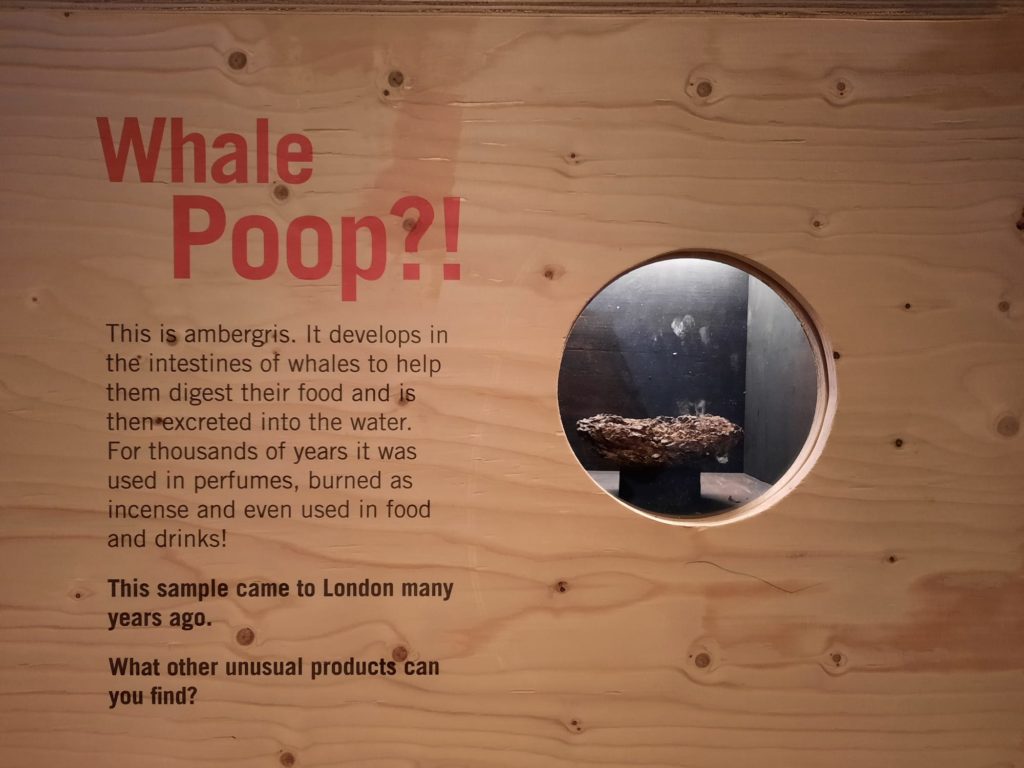
London: Port City
The last time we were at the Museum of London Docklands, it was to review an exhibition about London’s ancient past. Havering Hoard was a family-friendly look at a ‘Bronze Age mystery’ – the circumstances under which this important hoard was buried. Just over a year later, the museum’s current exhibition is much more contemporary. London: Port City looks at the impact that maritime trade and commerce have had on the city. It’s a reminder that the Port of London was once the busiest in the world, and is still Britain’s busiest. By delving into the archives of the Port of London Authority, visitors can follow the growth and decline of shipping trade in central London. Plus 20th Century developments that saw the city prepare for deep sea container ships.
There are many different angles through which one could approach the history of London as a port. There’s the physical infrastructure – docks, warehouses, railways and so on. There’s the story of Empire, which after all is how London came to be the busiest port in the world. Or the impact of this commerce on Londoners, including our language and placenames. Even artistic interpretations of what all of this means. The Museum of London Docklands has taken a little from each of these categories. Archival materials are combined with artistic commissions, and interactive exhibits to stimulate thought and discussion. Like Havering Hoard it is family-friendly, but interesting for visitors of any age.
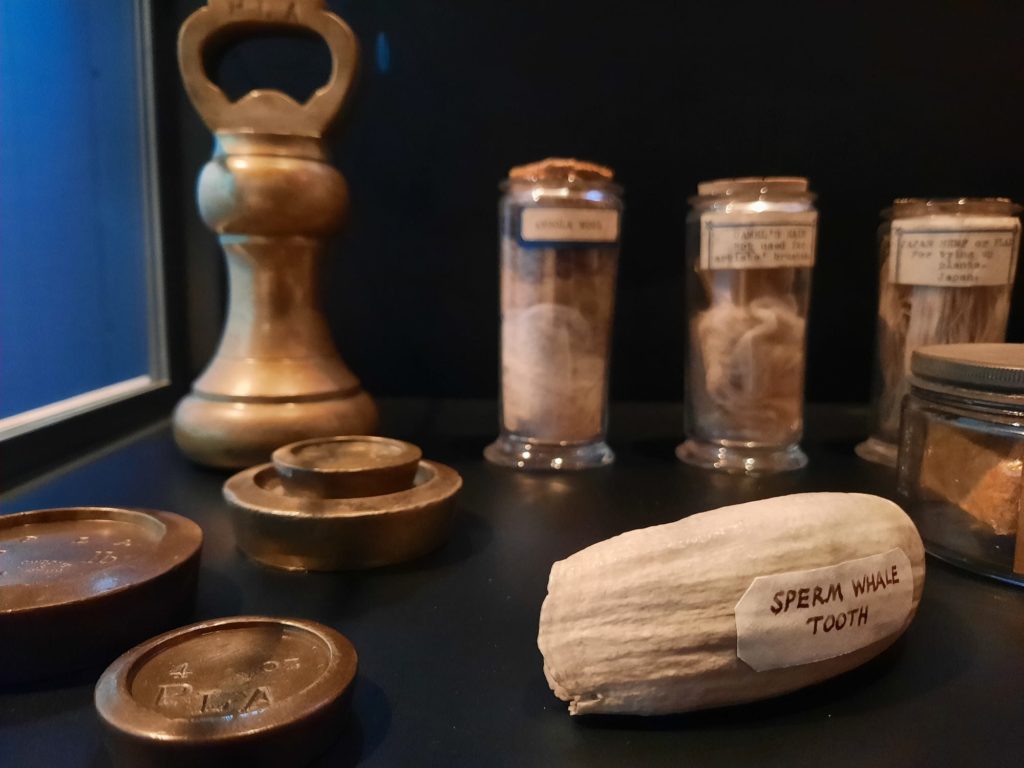
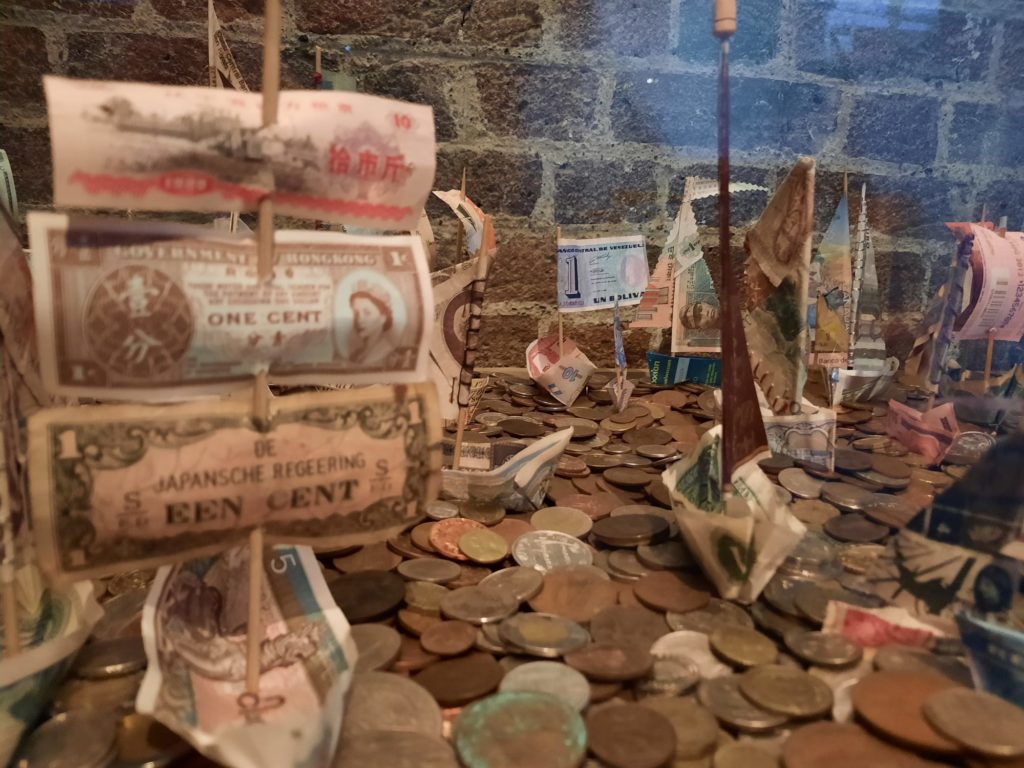
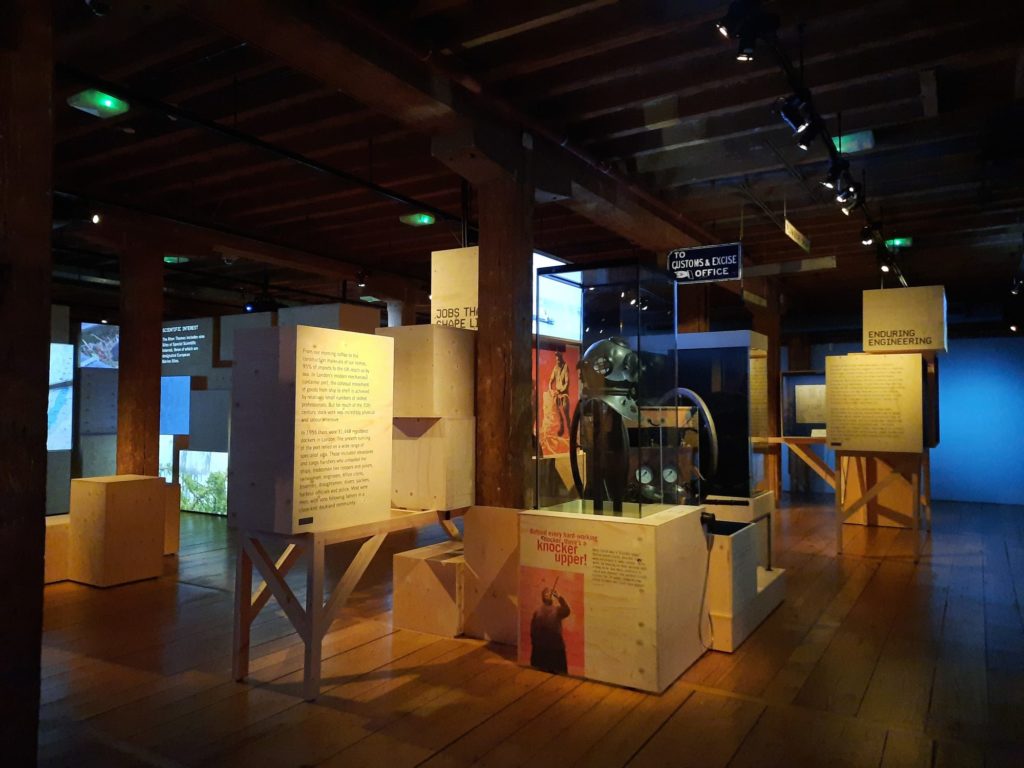
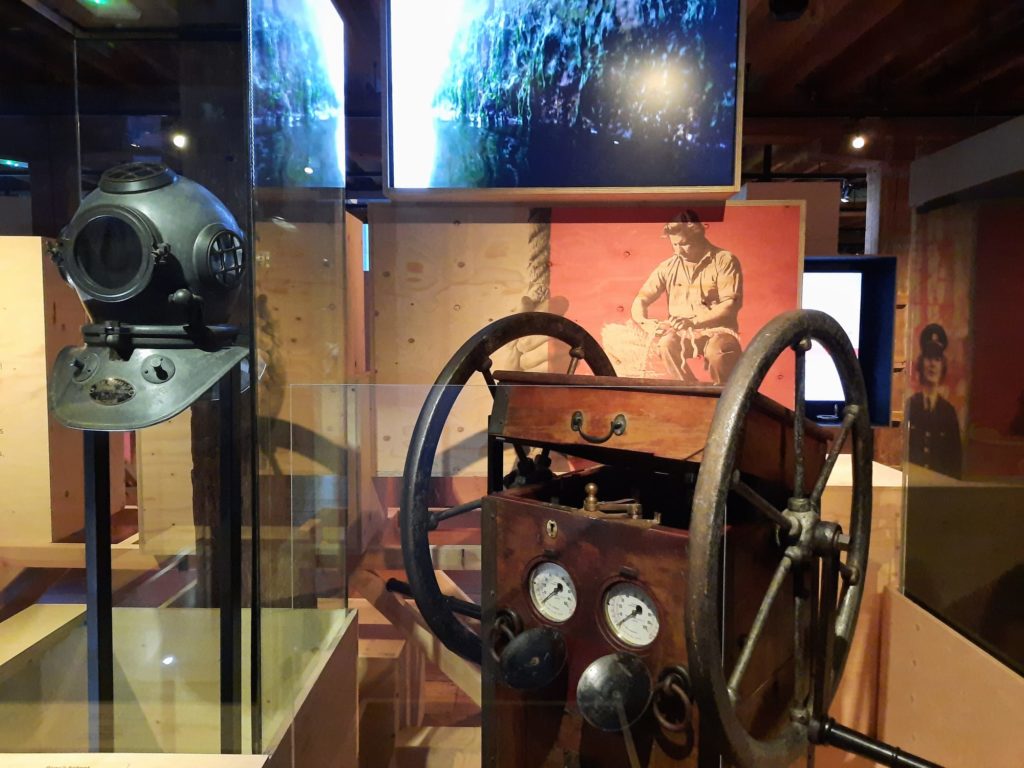
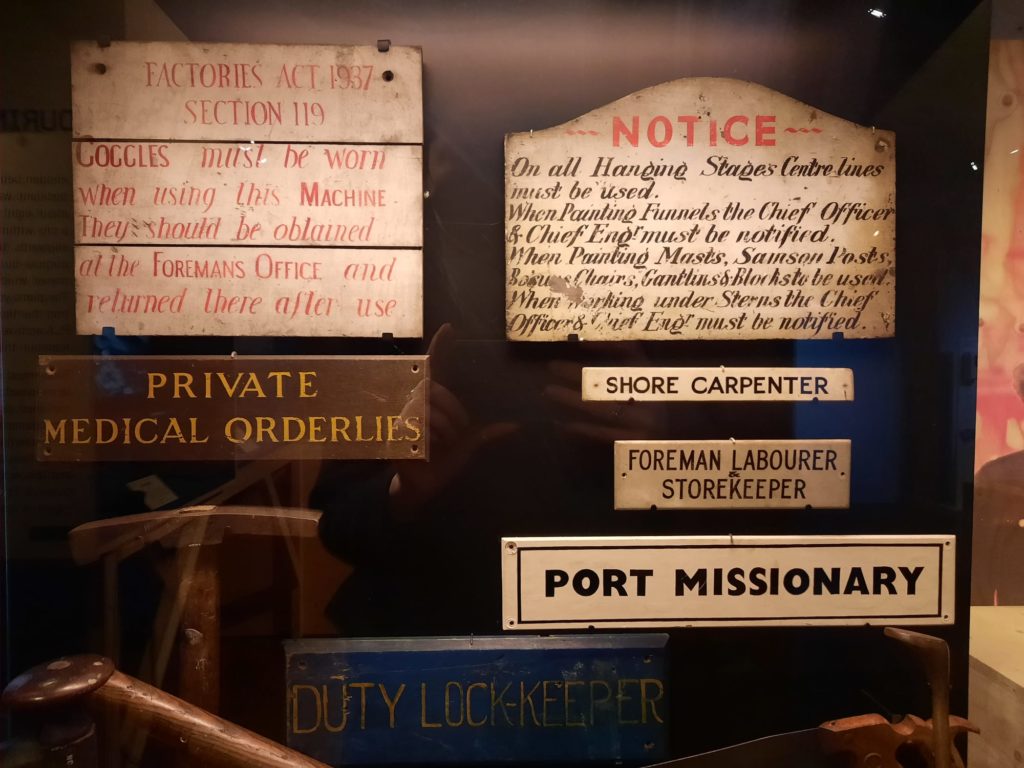

The History And Legacy Of The Port Of London
The exhibition is arranged thematically. If you follow the suggested order, you start with understanding what happens in a port, in terms of the types of goods coming in and out; commerce and customs arrangements; and the movement of people as well as merchandise. Then there is a section on the physical infrastructure – which docks were built when; advances in shipbuilding and port technology; and eventually the move to Tilbury which, unlike Central London could handle bigger container ships. After that we look at the legacy of the Port of London; how it left traces in the form of place names, common phrases and local traditions; as well as recorded memories of those connected to it. And finally the Port of London in art over the centuries.
This thematic approach is clear and effective. There is a wealth of information – for example some interactives where you wind a wheel to move along an approximate 200-year timeline – which means you can go into as much detail as you have an appetite for. Even if you just skim-read the main panels, you get a sense of the vast scale and complexity of the trade that went on here, goods transiting to and from all parts of the British Empire.
And speaking of the British Empire, this isn’t an angle the curators have chosen to belabour. There is some detail on the people of different nations who arrived at the Port of London and how the city received them. As well as acknowledgement of difficult topics like enslavement or Robert Milligan, whose statue was removed from outside the museum in 2020. But that in-depth information is there for those who want to investigate this further.
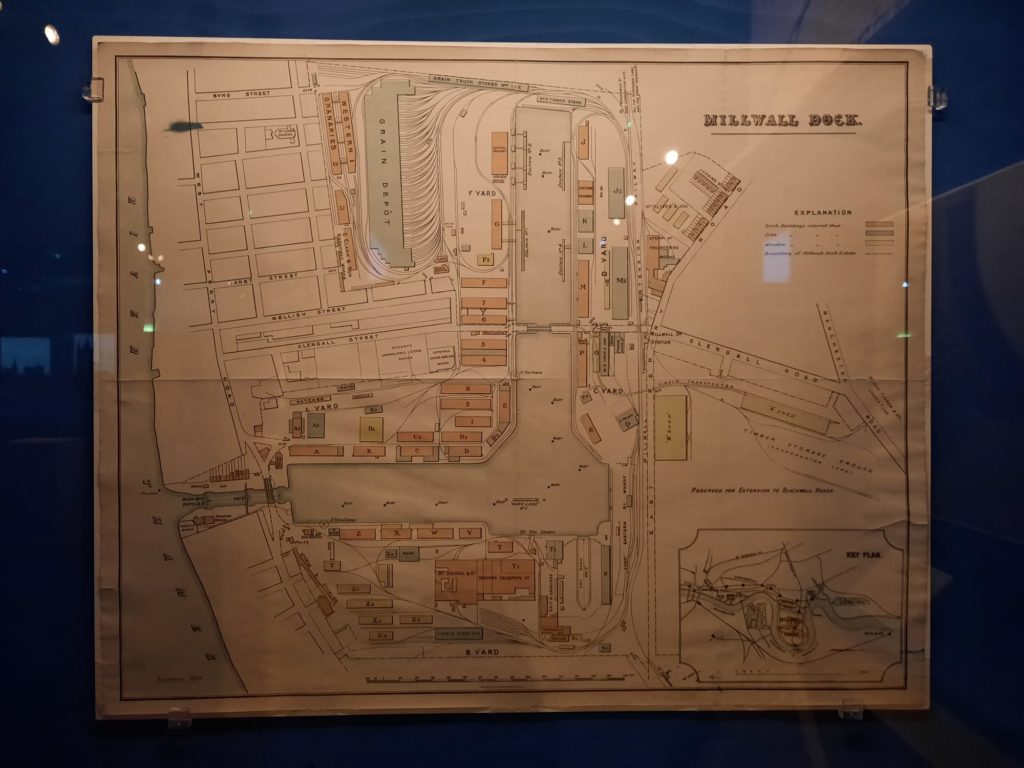
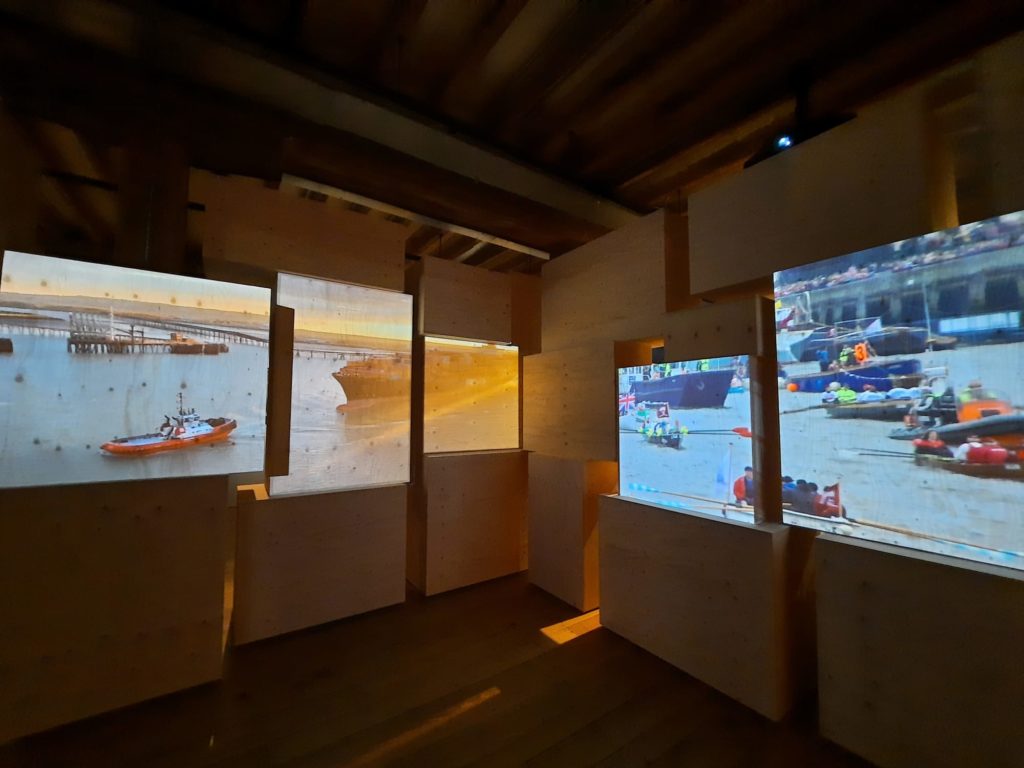
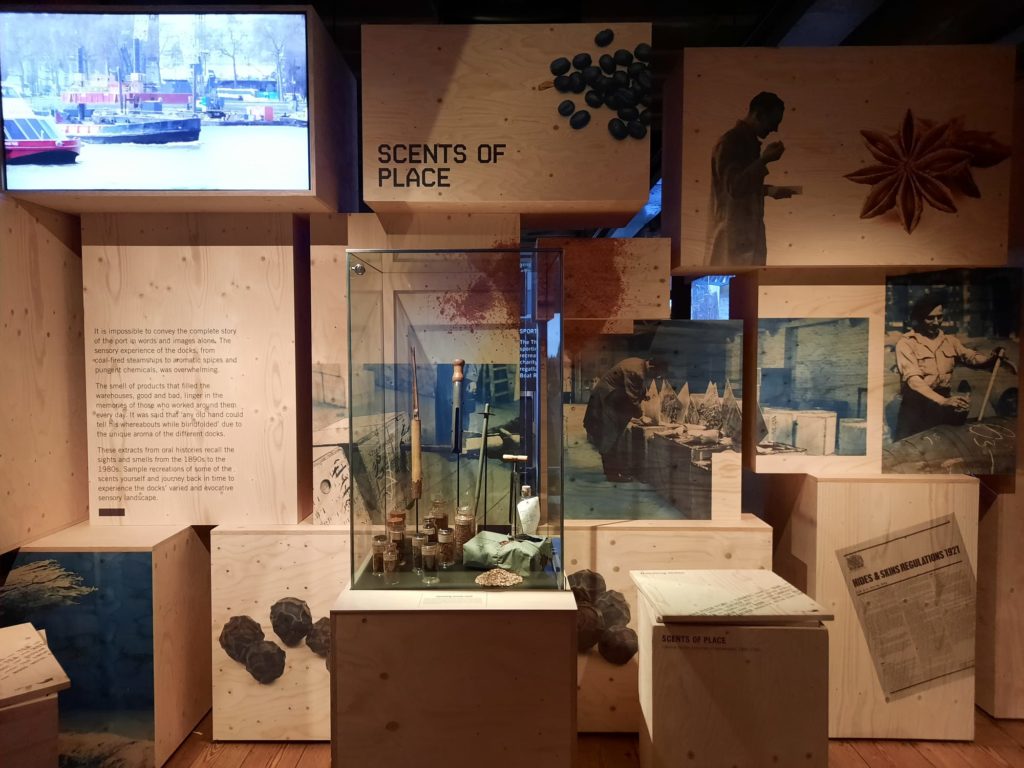
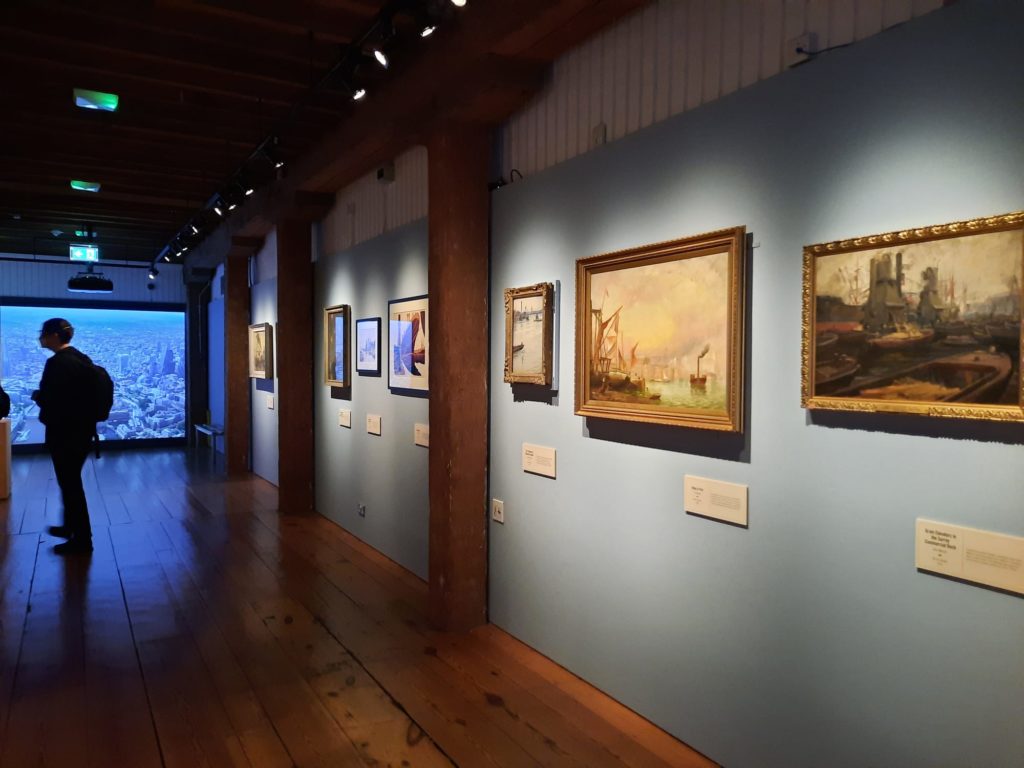
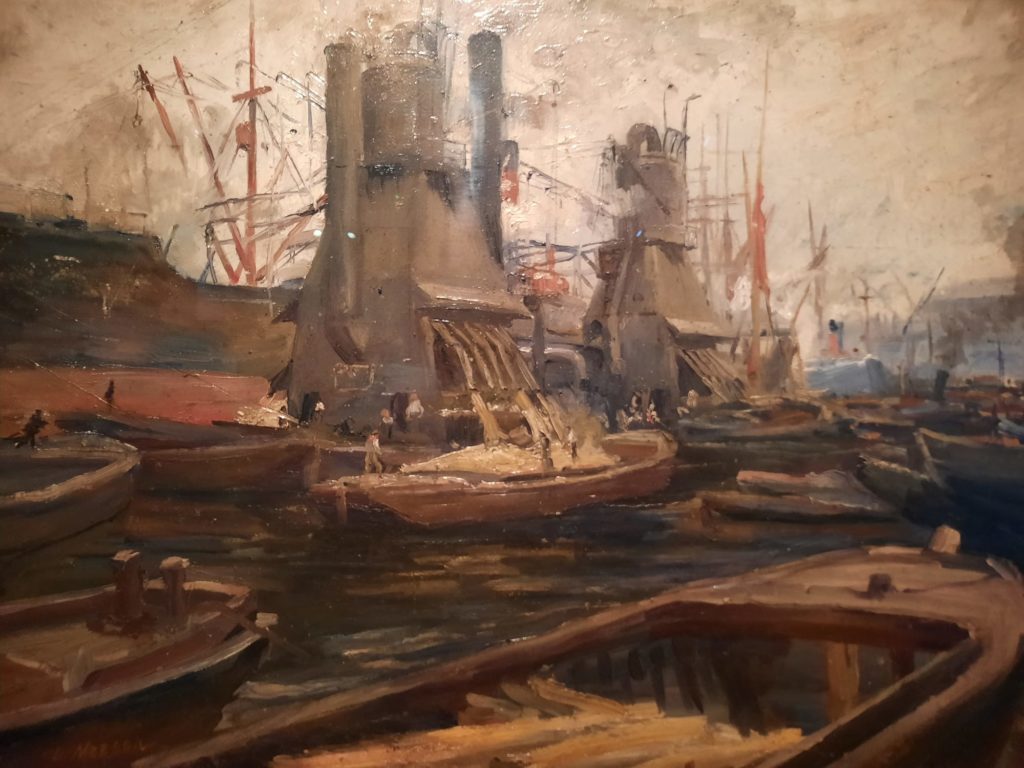
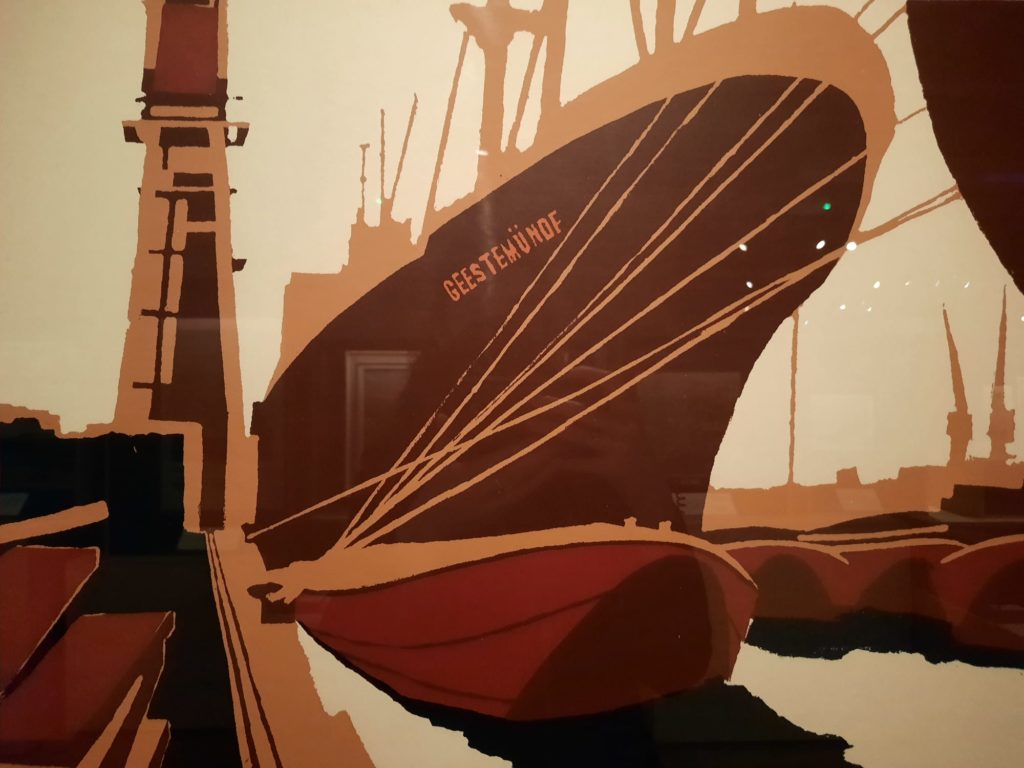
Fun For Big Visitors As Well As Little Ones
I rather enjoyed this exhibition overall. Some of the archival footage is fun to watch. And there are interactives where you can smell scents reminiscent of different aspects of life around the Port of London, or turn port-connected words into sentences to leave behind for other visitors. There’s a good mix of objects and archival materials, and finishing on artistic interpretations of the Port of London is quite a nice touch.
The temporary exhibition space at the Museum of London Docklands is essentially a big room. So unless you are particularly interested (we were), you may be finished pretty quickly. But as educational history exhibitions go, you could do a lot worse than a trip to West India Quay to see this one.
Salterton Arts Review’s rating: 3/5
London: Port City on until 8 May 2022
If you see this after your page is loaded completely, leafletJS files are missing.

